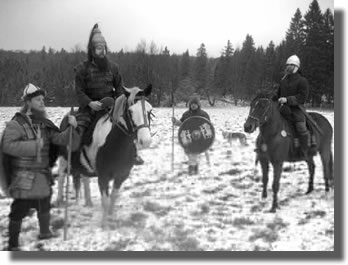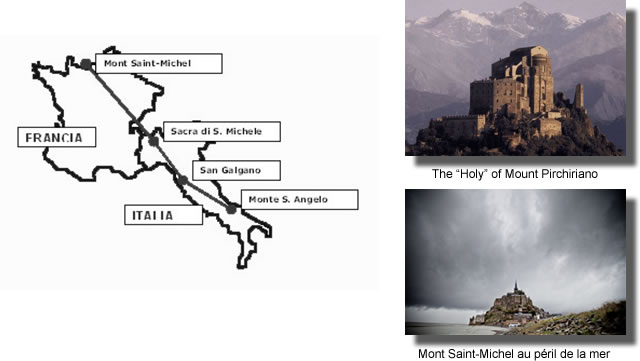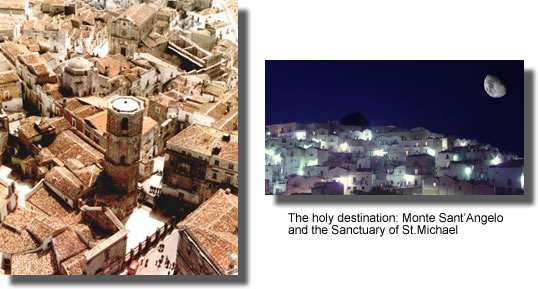Routes
The history of the Longobards takes on a higher level of importance in light of an ulterior project consideration on the dimensions of the “voyage”, which today takes on a specific value as an instrument of growth of the single person and as a development factor, whether in an intercultural dialogue or in a “sustainable” and “eco-compatible” economy.
Since 2003, or since the first steps taken to facilitate the nascent start of a collaboration among the Longobard sites in northern Italy, the opportunity was identified to create, by virtue of the “voyage” undertaken by the Longobards throughout their history, a “European Geo-Cultural Corridor” that extends from Scandinavia in the North and Central Eastern Europe, as far as Italy.
ROUTE OF THE DUCHIES
The Site’s heritage is the highest expression of Longobard civilisation. The creation of stronger connections between these assets by identifying integrated, privileged routes will facilitate their valorisation. In Italy there are also other traces of the Longobard presence, made up of remains of settlements, places of worship, necropolises, and museum collections of artefacts that can contribute to better understanding of this people’s culture. Putting this evidence in the network and creating specific visitor routes on a wider territorial scale will make it possible to obtain a wider knowledge of Lombard civilisation.
Monasteries founded by the Longobard are the principal places of worship and centres of power from the Lombard age. They represent the Highest expression of their civilisation still to be found and contain most of the assets of greatest historical, artistic, and architectural value. Many of the assets in the Site network’s heritage come from monasteries (in Cividale, Brescia, Castelseprio Torba, and Benevento). Many of the initiatives proposed on the management plan relate to extending knowledge about and valorising these monasteries that, in some cases, involve structures of similar importance in the territory in which they belong
EUROPEAN ROUTES
The extent of the Network to sites in the European geo-cultural corridor of Longobard migration to Italy, (Great European Itinerary) is intended to include the situations touched by the Longobards in regions outside Italy in the valorisation programme as well, as these keep remnants and evidence of their presence and culture and exhibit the same in museums.
Reconstruction of this route can come about, in addition to improving knowledge about the traces conserved, by creating theme itineraries linking the various locations in order to allow in-depth study of various aspects of the Lombard tradition and better use of the traces kept. Main objectives are:
- Coordinating Institutions and bodies in European countries interested from Longobard era
- Identifying and censusing the locations to be included in theme itineraries
- Drawing up of bilateral or multi-lateral agreements with countries affected by the routes.
- Creating itineraries and routes.
- Creating specific bulletin boards.
- Producing scientific and informative multi-media material
- Creating a specific space in for this area on the Italia Langobardorum website
- Promote cultural tourism flows
ROUTE OF THE ORIGINS

Map of the 1st European Geocultural Corridor

The medium- and long-tem objectives of the Management Plan are based on these premises, aimed at integrating into the “cultural system” of the network of the Italia Langobardorum Site not just all the Italian locations where the Longobards left their stamp in the field of monumental artistry but also those European countries that they traversed in the epochal migrations that brought them to Italy (Germany, Czech, Slovakia, Hungary, Austria, Slovenia).
ROUTE OF ST. MICHAEL
A second avenue considered as a possible extension of the Site, with respect to initiatives of a promotional and awareness nature, is that linked to the itinerary of the cult of Saint Michael, which from the Gargano, at the hands of the Longobards, extends towards the central western part of Europe, establishing its key points in Val di Susa (the “Holy” of Mount Pirchiriano) and in Normandy (Mont Saint-Michel au péril de la mer Sanctuary).




